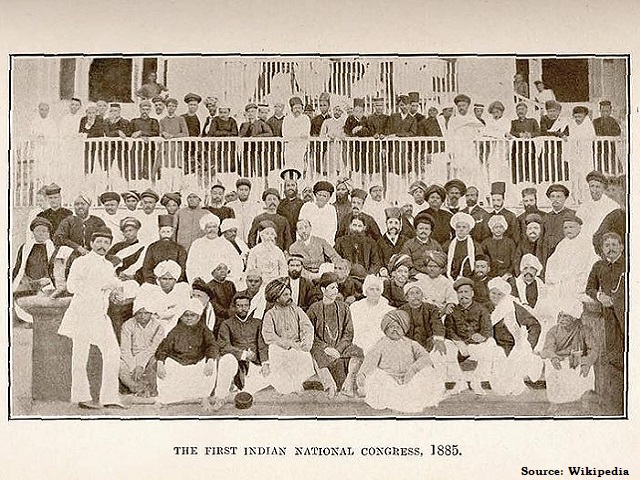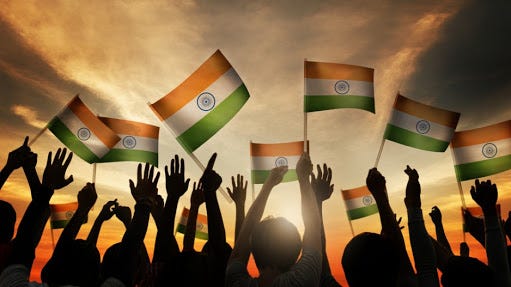According to the Global E-waste Monitor 2020, only 17.4 percent of the total 56.3 million tonnes of discarded e-waste products generated in 2019 were officially collected and recycled. The remainder is disposed of in landfills, scrap trade markets, or recycled by informal markets.
E-waste in India
- Third largest contributor: After China and the United States (US), India is the third largest contributor to this great waste wall, with a whopping 1,014,961.21 tonnes generated in 2019-2020, only 22.7 percent of which was collected, recycled, or disposed of.
- More than 12 million employees: Waste Electric and Electronic Equipment (WEEE) is a lifeline for the 12.9 million women who work in the informal waste sector because it contains valuable recyclable metals, despite the negative effects it can have on health and the environment.
E-waste and Burden on women
- Inequalities are especially pronounced in this largely gender-neutral sector across the value chain, which is exacerbated by barriers in decision-making roles.
- A negligible proportion of women: Recent reports indicate that an estimated 0.1 percent of waste pickers account for India’s urban workforce, with women populating the lower tiers of this economy as collectors and crude separators at landfill sites.
- Men in skilled positions: Unsurprisingly, men outnumber women in all skilled positions, including managers, machinery operators, truck drivers, scrap dealers, repair workers, and recycling traders.
- Women from low-income families: Workers in the “grey sector” are among the most marginalized, poor, uneducated, and vulnerable with little social or financial security. They are often sexually abused at their workplaces and have no bargaining power when selling their wares. As cities begin to formalize the waste sector in order to effectively control discarded goods, all of these factors act upon their exclusion.
The Health Effects of E-Waste
- Leaching and incineration: Open incineration and acid leeching, which are frequently used by informal workers, have a direct environmental impact and pose serious health risks, particularly to child and maternal health, fertility, lungs, kidneys, and overall well-being.
- Occupational health hazards: In India, many unskilled workers from vulnerable and marginalized communities are unaware that what they call “black plastics” have far-reaching occupational health hazards, particularly when incinerated to extract copper and other precious metals for market value.
- Children’s Exposures: As described in an international forum on chemical treaties, the ‘tsunami of e-waste rolling out of the world’ poses several health hazards for women in this sector, as they are exposed to residual toxins elements mostly in their own households and frequently in the presence of children.
- Constant contact with organic pollutants: According to a recent WHO report, an estimated 18 million children, some as young as five, work alongside their families at e-waste dumpsites in low- and middle-income countries each year. Heavy metals like lead, as well as persistent organic pollutants (POPs) like dioxins and flame retardants (PBDEs), have contributed to air, soil, and water pollution.
E-waste legislation and regulations
- E-waste (Management) Rules in India, 2016: The Ministry of Environment, Forests, and Climate Change (MoEFCC) highlighted e-waste classification, extended producer responsibility (EPR), collection targets, and restrictions on imports of hazardous e-waste.
- Changes to the Rules: The amended Electronic Waste Management Draft Rules 2022, which are expected to go into effect early next year, have also emphasized the importance of improving end-of-life waste across the circular economy.
- Lack of clear guidelines: These progressive measures, however, lack clear guidelines on the role of informal recyclers and have especially overlooked the role of women, resulting in a gap in equitable growth.
- The Beijing Action Platform: It is worth noting that the Beijing Platform of Action clearly states that a properly designed e-waste processing system can meet both economic and environmental goals in order to improve women’s status in the informal economy. Creating this blueprint in a diverse social and cultural context may allow us to examine best practices and success stories from around the world.
How to make E-waste sector more gender inclusive
- Supply chain ownership: The social stigma attached to this sector gradually manifests in discrimination and loss of dignity. Women do not have ownership at the end of the value chain as material processing unit owners, nor do they have access to capital to start new businesses.
- Groundworkers have their own policy: Educating the uneducated requires more than just designing training modules; skill development and raising awareness about e-waste should be designed to operate at ground zero, where workers can operate without disrupting their daily work schedules.
- Gendered data collection: All of these factors, combined with a severe lack of gender-disaggregated data, necessitate gender budgeting in order to shape an inclusive e-waste management system.
@the end
The concept of the 3Rs, Reduce, Reuse, and Recycle, as envisaged by Mission LiFE, will require investing in women as drivers of a responsible waste management economy, recognizing their critical role in reducing the quantum of waste with the ultimate goal of zero waste.
Source: https://www.thehindu.com/news/national/new-e-waste-rules-threaten-jobs-collection-network/article65701830.ece








